
The vervet monkey, or simply vervet, is an Old World monkey of the family Cercopithecidae native to Africa. The term "vervet" is also used to refer to all the members of the genus Chlorocebus. The five distinct subspecies can be found mostly throughout Southern Africa, as well as some of the eastern countries. These mostly herbivorous monkeys have black faces and grey body hair color, ranging in body length from about 40 cm (16 in) for females, to about 50 cm (20 in) for males.

The grivet is an Old World monkey with long white tufts of hair along the sides of its face. Some authorities consider this and all of the members of the genus Chlorocebus to be a single species, Cercopithecus aethiops. As here defined, the grivet is restricted to Ethiopia, Sudan, Djibouti, and Eritrea. In the southern part of its range, it comes into contact with the closely related vervet monkey and Bale Mountains vervet. Hybridization between them is possible, and may present a threat to the vulnerable Bale Mountains vervet. Unlike that species, the grivet is common and rated as least concern by the IUCN.

The Scotch argus is a butterfly of the family Nymphalidae. In spite of its English name argus, it is not a close relation of the brown argus nor the northern brown argus.
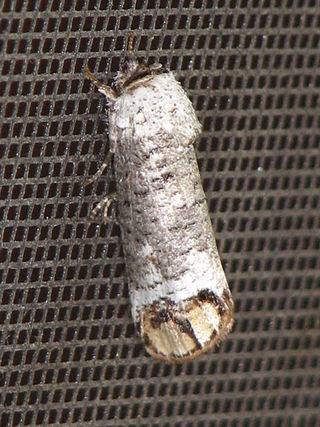
The Cossidae, the cossid millers or carpenter millers, make up a family of mostly large miller moths. This family contains over 110 genera with almost 700 known species, and many more species await description. Carpenter millers are nocturnal Lepidoptera found worldwide, except the Southeast Asian subfamily Ratardinae, which is mostly active during the day.
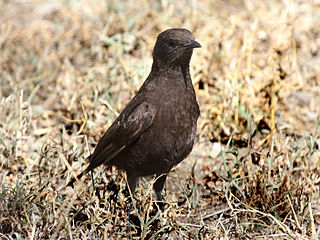
The anteater chat or northern anteater-chat is a species of bird in the family Muscicapidae.It is found in Burkina Faso, Cameroon, Central African Republic, Chad, Gambia, Kenya, Mali, Mauritania, Niger, Nigeria, Senegal, Sudan, and Tanzania. Its natural habitats are dry savanna, subtropical or tropical dry lowland grassland, and subtropical or tropical high-altitude grassland.

The white-shouldered antshrike is a species of bird in the family Thamnophilidae. It is found in Bolivia, Brazil, Colombia, Ecuador, Peru, and Venezuela. Its natural habitat is subtropical or tropical moist lowland forests.
Coleophora aethiops is a moth of the family Coleophoridae that is endemic to Italy.
Pseudonacaduba aethiops, the dark line blue or dark African line blue, is a butterfly in the family Lycaenidae. It is found in Africa from Nigeria to western Kenya and Zambia. The habitat consists of forests.
Stygioides persephone is a species of moth of the family Cossidae. It is found on Crete.
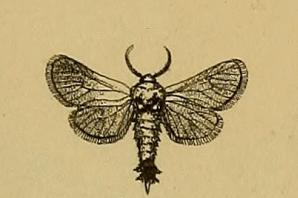
Stygioides colchica is a species of moth of the family Cossidae. It is found in Bulgaria, Greece, the southern part of European Russia, Ukraine, Turkey, Armenia, Lebanon and Israel.
Catopta is a genus of moths in the family Cossidae.
The Hypoptinae are a subfamily of the family Cossidae.
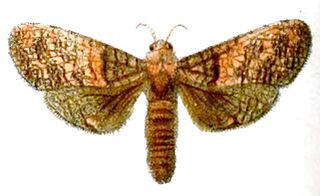
Hypopta is a genus of moths in the family Cossidae.
Hypopta aethiops is a moth in the family Cossidae. It is found in South America.

The Zeuzerinae are a subfamily of the family Cossidae.
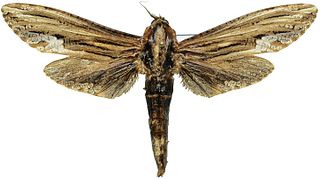
Duomitus is a monotypic moth genus in the family Cossidae described by Arthur Gardiner Butler in 1880. Its only species, Duomitus ceramicus, described by Francis Walker in 1865, is found in Yunnan in China and from southern India and Malaysia to Sumatra, Ceram and New Guinea.

Stygioides is a genus of moths in the family Cossidae.
Stygioides ivinskisi is a species of moth of the family Cossidae. It is found in Lebanon.
Stygioides nupponenorum is a species of moth of the family Cossidae. It is found in Turkey.
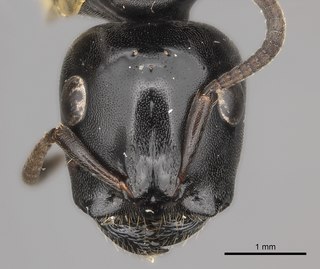
Tetraponera aethiops is a species of ant in the subfamily Pseudomyrmecinae, which is native to tropical Africa. It is found living in the forest in association with Barteria fistulosa, a small tree.









